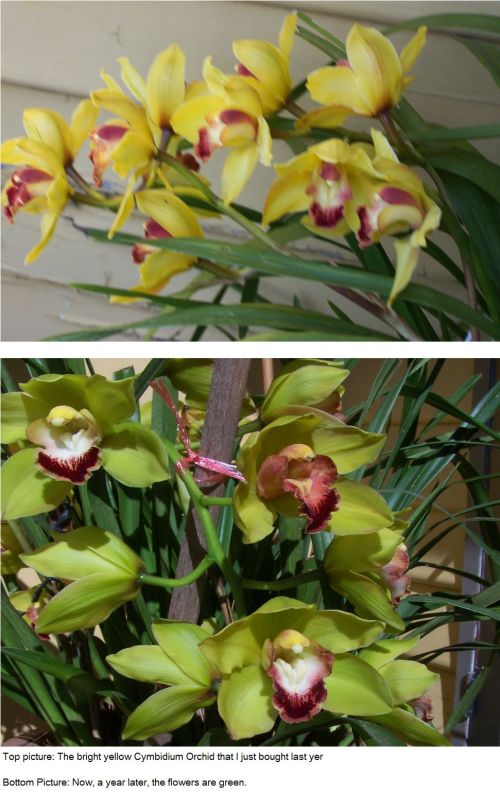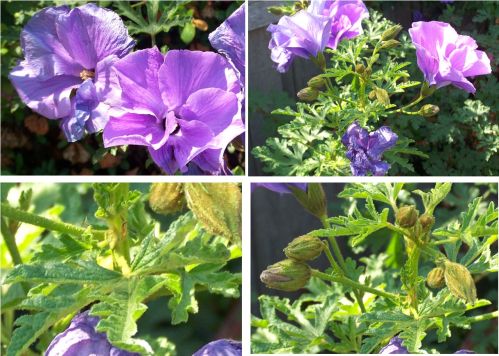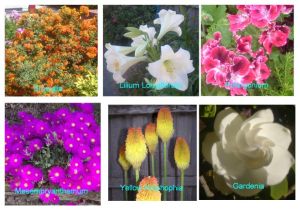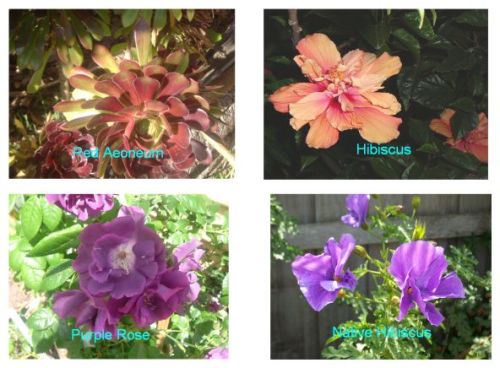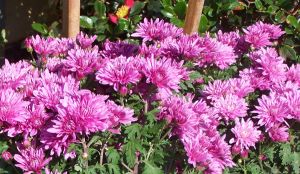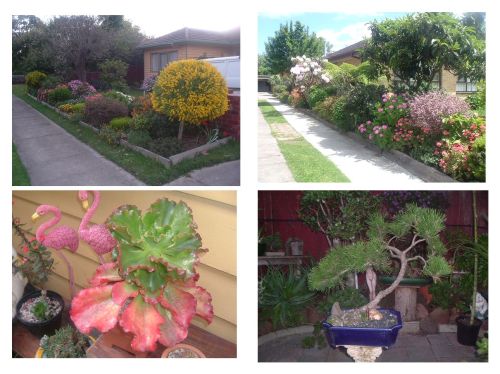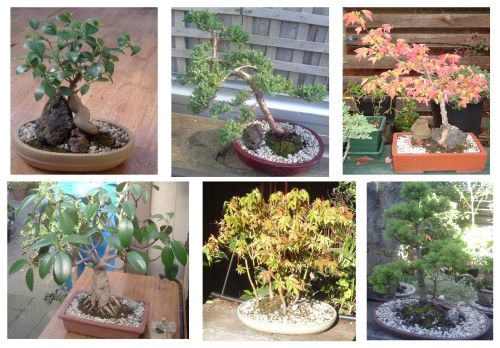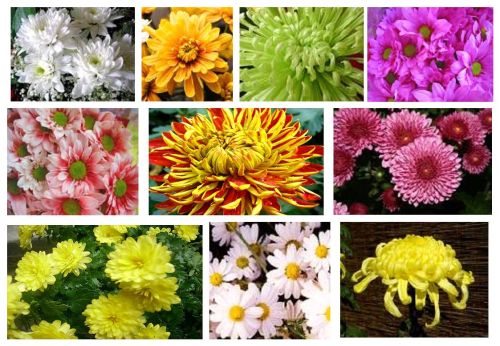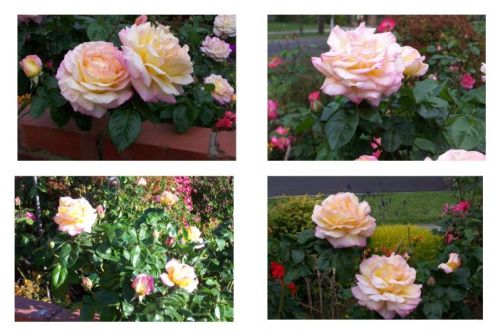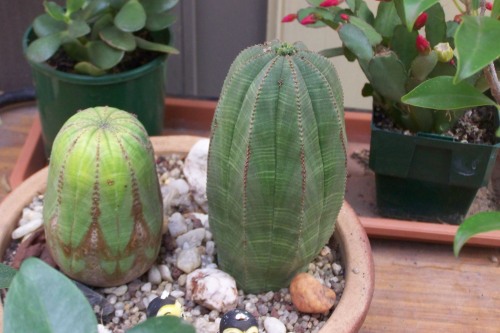Pada suatu hari aku lihat kupu kupu yang aneh dihalaman belakang rumahku. Cukup besar ukurannya, bentangan sayapnya kira kira 15 cm. Anehnya kupu kupu ini antena atau sungutnya tidak panjang dan melengkung seperti umumnya kupu kupu, tapi yang ini pendek, lebar dan bersirip. Cepat cepat kupanggil suamiku terus dia bilang itu bukan kupu kupu tapi itu adalah “moth” yang bahasa Indonesia-nya adalah ngengat. Aku baru tahu kalau ngengat itu ada yang sebesar itu, begitu besar hingga bisa kelihatan jelas bulu-nya yang halus…….
Terus kami ambil photo-nya. Dibawah ini adalah gambar ngengat tersebut dan yang dibawah adalah close-up antena-nya bersirip seperti bulu. Dugaan kami ngengat ini adalah jenis Emperor Gum Moth (Opodiphthera eucalypti) yang merupakan species asli dari Australia:
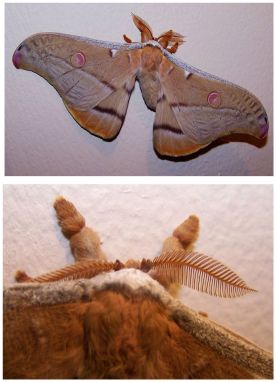
Terus kucari di internet info mengenai ngengat, engga tahu-nya juga dikenal dengan nama “kupu kupu malam”, karena kalau siang istirahat dan aktif terbang dimalam hari.
Apakah perbedaan antara kupu kupu dan ngengat?
Dibawah ini adalah info yang kuambil dari:http://australianmuseum.net.au/What-are-the-differences-between-butterflies-and-moths
Kupu kupu adalah serangga yang termasuk dalam order Lepidotera yang terdiri dari tiga bagian yaitu: Kupu kupu asli (Papilionoidea) , Skipper (Hesperiodea) dan Ngengat (Hedyloidea).
Walaupun ketiga kelompok ini termasuk dalam order Lepidotera, tapi ada berbedaan tertentu yang bisa membedakan apakah itu kupu kupu asli, kupu kupu skipper atau ngengat.
Diseluruh dunia, terdapat lima keluarga kupu kupu dan satu keluarga skipper, dimana keduanya memiliki persamaan tertentu pada bentuknya. Sedangkan ngengat memiliki 125 keluarga.
Ciri ciri tertentu yang bisa membedakan kupu kupu, skipper atau ngengat:
Antena:
- Ngengat: Antenanya bersirip seperti bulu dan ujungnya tidak melebar/membesar.
- Kupu kupu dan skipper: Ujung antenanya melengkung atau membesar dan sama sekali tidak bersirip.
- Kecuali untuk ngengat jenis Casniidae(Sun Moths/Ngengat Matahari) mempunyai antena yang melebar/membesar ujungnya.
Warna:
- Ngengat: Warna kurang cerah/kusam dan kurang warna warninya
- Kupu kupu dan skipper: berwarna cerah dan warna warni.
- Kecuali untuk ngengat jenis Alcides metaurus (Uraniidae) dan Agarista agricola yang bagus warnanya.
Sayap:
- Ngengat: Kedua sayapnya dihubungkan satu dan lain dengan frenulum
- Kupu kupu dan skipper: Sayapnya terpisah tak memiliki frenulum
- Kecuali untuk skipper jenis Regent Skipper Euschemon rafflesia (Hesperiidae) dari Australia yang merupakan satu satunya skipper yang memiliki frenulum.
Posisi Hinggap:
- Ngengat: Kalau hinggap sayapnya membentang.
- Kupu kupu dan Skipper: Kalau hinggap sayapnya berdiri menyatu.
- Namun banyak juga ngengat yang sayapnya beridiri seperti kupu kupu kalau sedang hinggap. Sedangkan ada kupu kupu seperti misalnya Lycaerid dari sub keluarga Riodininae, dan skipper dari sub keluarga Pyrginae sayapnya membentang kalau sedang hinggap.
Kaki Depan:
- Ngengat: Kaki depannya tumbuh lengkap.
- Kupu kupu: Kaki depannya tidak tumbuh lengkap/tidak beruas
- Skipper: Walau seringya kaki depannya tumbuh normal tapi ada beberapa yang tak lengkap seperti kupu kupu
Pupa:
- Ngengat: Pupa membuat kepompong
- Kupu kupu dan Skipper: Tidak mempunyai kepompong
- Namun banyak juga ngengat yang tak memiliki kepompong dan banyak kupu kupu dan skipper melekatkan diri didaun.
Kegiatan:
- Ngengat: Terbang dimalam hari.
- Kupu kupu dan Skipper: terbang disiang hari.
- Kekecualian: Ada beberapa kupu kupu dan skipper yang aktif disenja hari dan cukup banyak ngengat yang juga terbang disiang hari.
Gambar Kupu kupu yang warna warni:
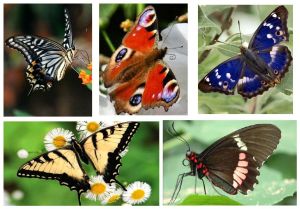
Menarik juga perbedaan antara kupu kupu, skipper dan ngengat. Terus aku mikir nih, kalau kupu kupu dan skipper itu mirip ciri cirinya……Bagaimana bisa membedakan keduanya? Inilah perbedaan antara kupu kupu dan skipper:
- Skipper itu rata ratanya lebih kecil ukurannya jika dibandingkan dengan kupu kupu
- Seringnya skipper bertubuh pendek dan gemuk.
- Pada umumnya skipper warnanya oranye, kuning, putih atau coklat.
- Kalau terbang cepat dan bergerak naik turun seperti melompat lompat.
Gambar Skipper:

